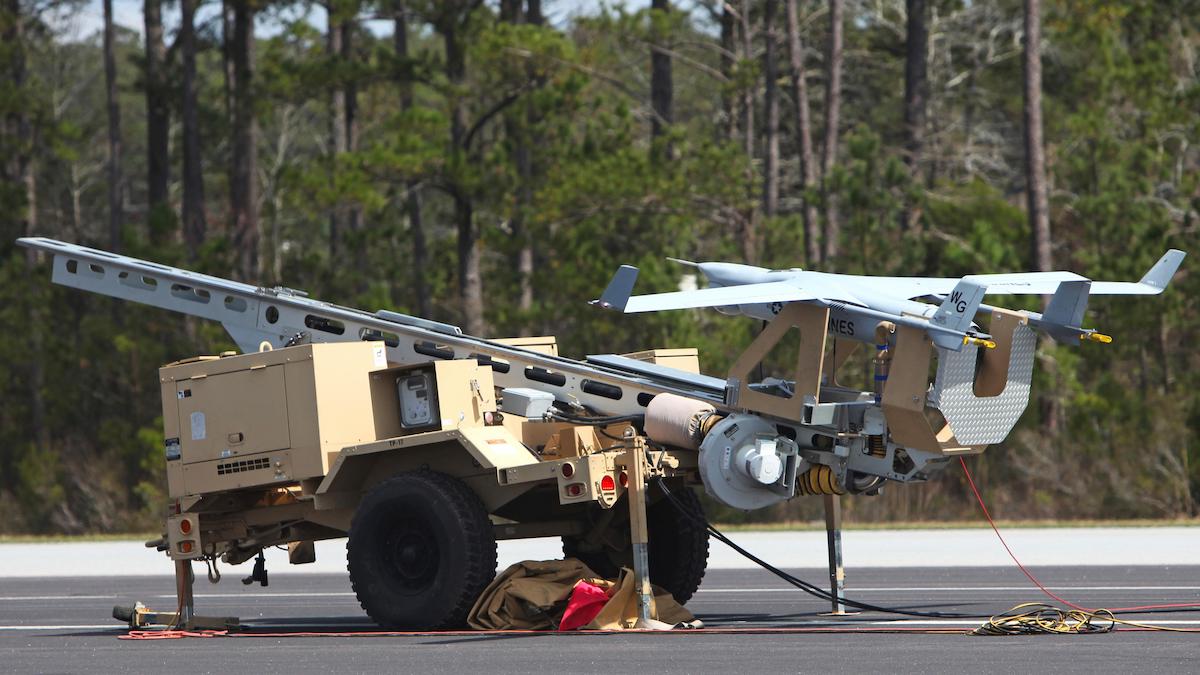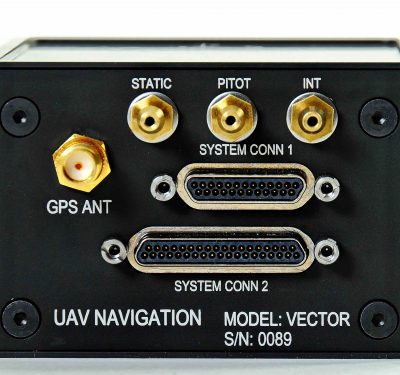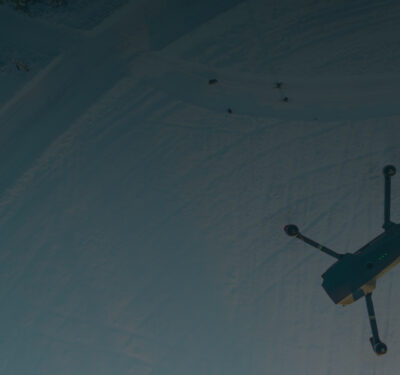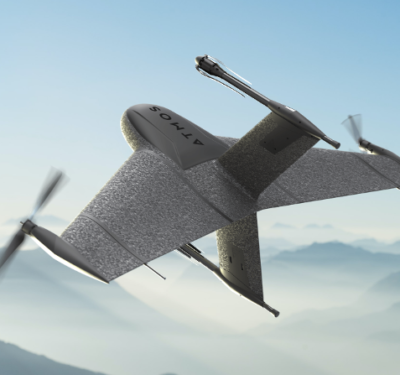Among many changes coming to the U.S. Marines in a 10-year transition plan, the Corps will double its UAV force while correspondingly downsizing its (piloted) helicopter numbers.
According to a story in the Wall Street Journal, The Marine Corps has undertaken a sweeping transformation to counter what its commander, Gen. David Berger, views as the primary threat. He calls it “the pacing threat”: China’s fleet. To counter it, he envisions a mobile, agile naval expeditionary force that no longer has tanks, flies fewer aircraft, and incorporates UAVs and pilotless ships to carry out an island-hopping strategy on the Pacific.
The number of Marine UAV squadrons will increase from 3 to 6 over the next decade. Current squadrons are unarmed, while future squadrons will be armed and unarmed. The number of helicopter and tilt-rotor squadrons will decrease.

An RQ-21A Blackjack prepared for flight. The Blackjack is designed to operate off a Marine Expeditionary Unit in support of ground forces deployed worldwide. U.S. Marine Corps photo by Pfc. Nicholas Baird
Berger has stated that the Marines will change the way they fight, using unmanned systems to deliver supplies, provide additional situational awareness, serve as decoys and fire weapons.
Another tactic of the new vision has Marines moving from island to island in the Pacific every 48 or 72 hours, possibly by remotely piloted ships.
The Marines’ primary tactical UAV, the RQ-21A Blackjack, is a twin-boom, single-engine monoplane built by Boeing Insitu, and designed to provide forward reconnaissance. A Blackjack squadron consists of five air vehicles and two ground control systems. The UAVs can be launched on land or ship. They have a wingspan of 16 ft (4.9 m) and in an early version could carry a 39 lb (18 kg) payload; that payload has likely increased.
The Marine version of the craft weights 145 lb (66 kg) and has an extended endurance of 24 hours. Payloads may include synthetic-aperture radar, a laser to mark targets for precision-guided munitions, foliage-penetrating LiDAR, an electro-optical camera, wide area imager, short wave infrared hyperspectral imager, and a high-resolution camera.
The Blackjack entered developmental service in Afghanistan in 2014 and has since seen action in Iraq.
Meanwhile, the U.S. Air Force has developed a “loyal wingman” UAV that would carry bombs and fly in formations with piloted planes.






